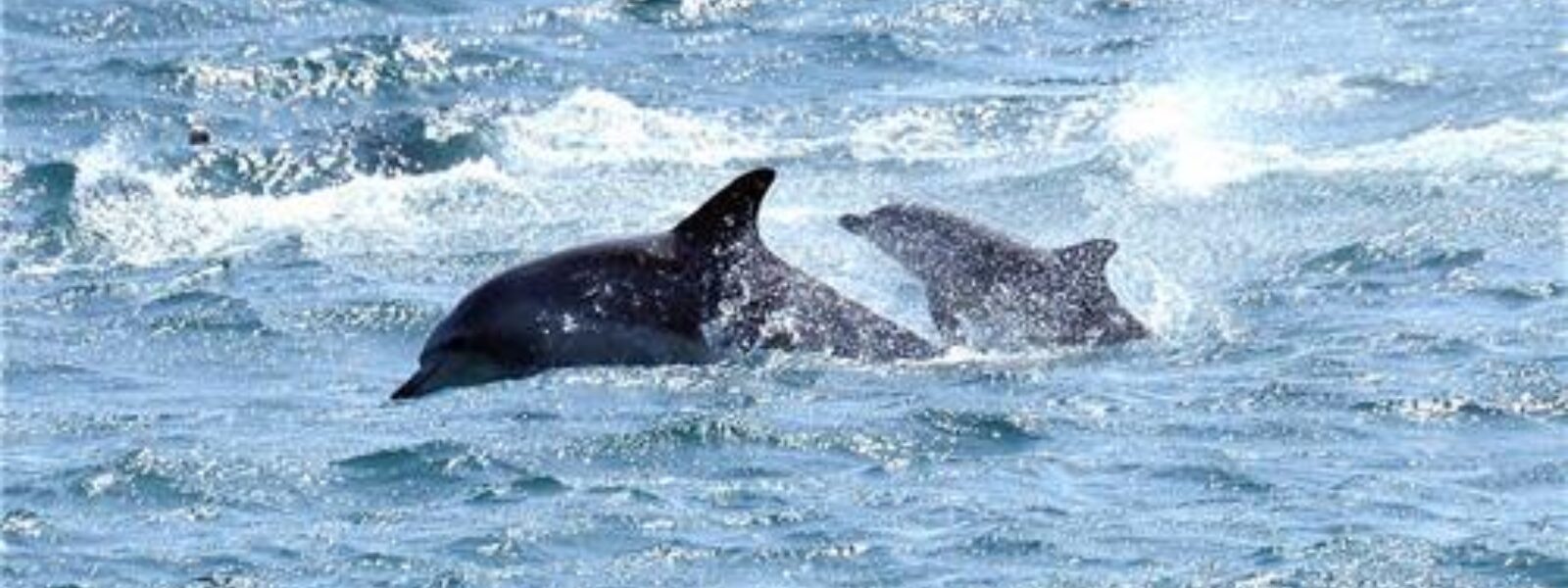

This is the first in a new series on successful cetacean retirement, rehabilitation and release stories. Companies like SeaWorld claim that releasing orcas and dolphins to sanctuaries for retirement is dangerous, "irresponsible" and even impossible. However, these stories reveal the truth: that it is possible, and in the best interests of the cetaceans, to retire them permanently and even release them back into their wild ocean homes when possible.
Tom and Misha are two wild-born Turkish bottlenose dolphins, and the protagonists of the Born Free Foundation's “Back to the Blue” dolphin-release project of 2010. The project was created in part by Jeff Foster, an American marine mammal specialist and one of the many conservationists who helped release Springer, a rehabilitated Southern Resident orca, to her native waters in 2002.

“Back to the Blue” began when Turkish locals discovered that a businessman was holding a pair of adult dolphins, recently retired from an amusement park, in a 17 by 20 foot heavily-chlorinated swimming pool in Hisaronu, Turkey. Tom and Misha were living in what one activist group called a “hastily-constructed” pool, where their owner charged premium fees for tourists to swim with the dolphins in their dirty tank.
Local concern quickly met momentum from international welfare groups and in 2010, a successful campaign was mounted to rescue the dolphins from their enclosure. Amid outcry, the dolphins’ owner vanished. The Turkish government, along with creditors, agreed to hand over responsibility for the ailing dolphins to the “Back to the Blue” project. The team promptly relocated Tom and Misha into a newly-constructed seaside sanctuary located in one of Turkey’s bays.
Rehabilitation lasted twenty months with a four-fold aim for the dolphins: to improve their physical condition, to retrain lost fishing skills, to increase time spent underwater, and to improve their echolocation abilities.

The team exercised Tom and Misha by “sprinting” them around the pen, introduced live fish to their sanctuary, and placed underwater hydrophones in the pen to monitor increased echolocation between the dolphins.
After months of their miserable existence trapped in a filthy, tiny swimming pool, Tom and Misha were finally granted their freedom on May 9, 2012.
The duo were fitted with satellite tags and, just hours later, allowed to explore the open ocean when “Back to the Blue” divers opened their pen gates.
“Within six hours they were eating wild fish and swimming with another [dolphin],” Foster says. “It was fabulous.
The animals were tracked in their post-release movements for ninety days, the transition time thought to be most critical for an animal’s readjustment to the wild, and all evidence has shown that they were healthy and social during that time. Misha was spotted two years after his release
"The successful rehabilitation and release of Tom and Misha back to the wild not only gave them their freedom back, it also ignited a beacon of hope for other captive cetaceans," said Born Free Foundation President, Will Travers.